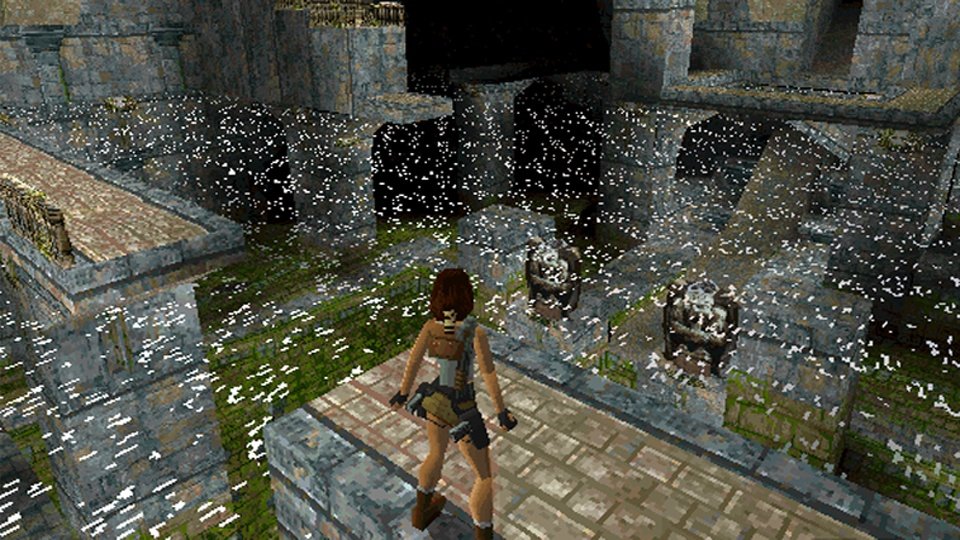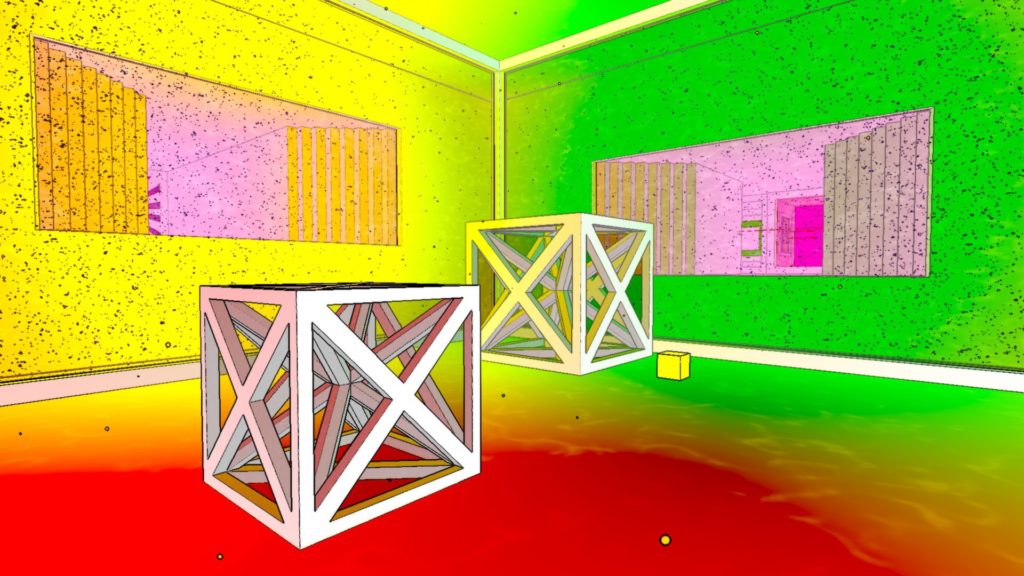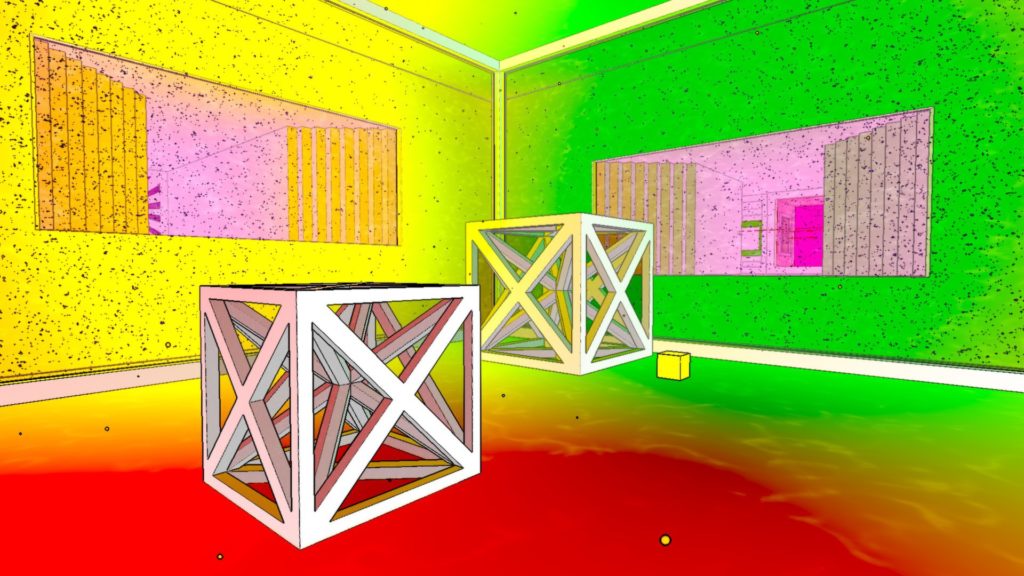This article is an illustrated and resourced summary of “Abstraction” from Mark J.P. Wolf’s “Encyclopedia of Video Games: The Culture, Technology & Art of Gaming” (2021).
The evolution of video games, influenced by the popularity of abstract art, has seen a transformation from early abstracted graphics driven by technical limitations to more representational and realistic visuals as technology advanced. However, even as games aimed for greater realism, abstraction remained an integral aspect of video games, offering unique experiences and gameplay possibilities.
In the early days of video games, technical constraints led to the use of abstracted graphics for player-controlled characters. These minimalist representations, such as squares, balls, or sparks, allowed players to identify with the characters, as they lacked specific markers like gender, race, or age. The limited hardware capabilities of early consoles, like the Atari VCS 2600, also imposed restrictions on graphics, leading to horizontal symmetry in the early games (See Figure 1).

As computer hardware improved, video games pursued representational graphics, aiming to emulate the visual styles of other media like film and comics. This approach helped showcase a system’s graphics technology and contributed to selling games. However, abstraction found a place within representational game graphics, particularly in the use of texture mapping for three-dimensional polygonal graphics. Abstract texture maps, displaying patterns like rust, cracks, and grain, added a sense of realism and representational ability to video game imagery (See Figure 2).

During the 2000s and 2010s, with the rise of independent games, abstraction experienced a resurgence due to the ease of programming games with simpler graphics. Many independent games adopted two-dimensional graphics with basic shapes, embracing abstraction creatively. Some games, like Antichamber (2013), employed abstract imagery to create three-dimensional spaces that players navigated (see Figure 3).
“Video games require abstract imagery to be read in a new way. Because video games are simultaneously imagery and events, game elements can be abstract in both appearance and behavior. Players must learn to identify the different elements seen on-screen and understand how they function and behave, which includes distinguishing between the player-controlled characters, computer-controlled characters, objects that can be manipulated and used, and static background imagery. Knowing the role and function of each game element, where they begin and end, and how they affect the player character is crucial to learning a game.” (Wolf 2021, 2-3)

Rather than shying away from abstraction, game designers can effectively incorporate it, resulting in novel gaming experiences and conventions. Just as computer simulations and mathematical visualization have expanded graphic design beyond photorealistic representation, abstraction has the potential to push the boundaries of the video game medium and unlock new aesthetic possibilities.
Further Reading
Wolf, Mark J. P. “Abstraction in the Video Game.” In The Video Game Theory Reader, edited by Mark J. P. Wolf andBernard Perron, 47–65. New York: Routledge, 2003.
This article is an illustrated and resourced summary of “Abstraction” from Mark J.P. Wolf’s “Encyclopedia of Video Games: The Culture, Technology & Art of Gaming” (2021) and has been copyedited with Chat-GPT 3.5. This article has been written to make Wolf’s Encyclopedia and its entries more accessible.

